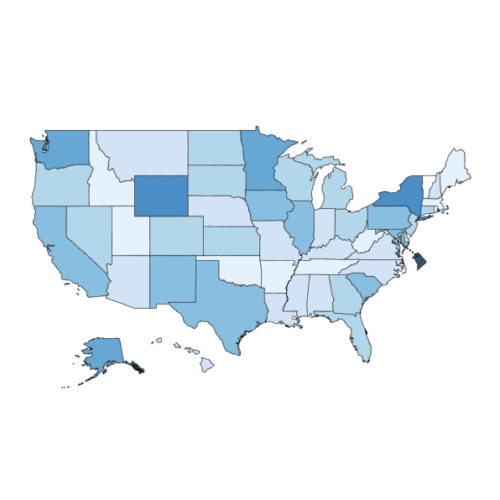Flexible Learning Spaces Facilitate Interaction, Collaboration and Behavioural Engagement in Secondary School
Katharina E. Kariippanon, Dylan P. Cliff, Sarah J. Lancaster, Anthony D. Okely, and Anne-Maree Parrish,
This article evaluates differences in secondary student classroom behaviour between traditional classrooms and flexible learning spaces. A key finding is that secondary students in flexible learning spaces demonstrated a greater proportion of active engagement, shown through task-appropriate verbal and physical behaviors. Interestingly, there was no difference in passive or motor off-task behavior, but students in flexible spaces were less verbally off-task and spent less time using technology. This research is important because it provides evidence for how the learning environment impacts student engagement, a critical factor linked to academic outcomes, well-being, and dropout rates. The findings suggest that flexible spaces, coupled with student-centered teaching, can foster a more engaging and collaborative learning environment for adolescents. The primary audiences for this study include educators, school administrators, educational researchers, and policy makers interested in optimizing learning environments and pedagogical approaches to enhance student engagement and interaction in secondary schools. Key takeaways emphasize the potential of flexible learning spaces to boost active engagement and collaboration, the necessity of student-centered pedagogy to maximize these benefits, and the importance of teacher training to effectively utilize these spaces. Further research is needed to explore the long-term effects and the interplay between environment and pedagogy.
Topics
Format(s)
- Website



